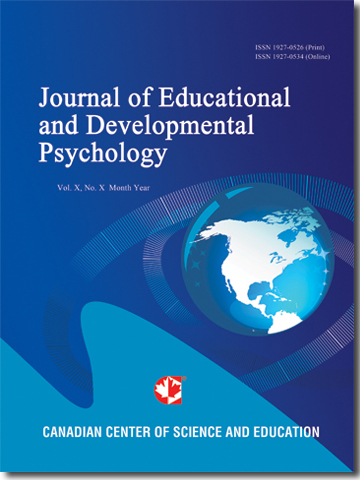Effect of Repeated Testing to the Development of Vocabulary, Nominal Structures and Verbal Morphology
- Jari Metsämuuronen
- Markus Mattsson
Abstract
The repeating testing has shown to increase the general proficiency level of the students. Metsämuuronen (2013)showed with an experimental study that the overall achievement level in a secondary language enhanced
statistically significantly whit repeated testing design. Previously, Tuvling (1967) and Karpicke & Roediger
(2008) showed with a laboratory experiment that remembering the material studied is the most efficient with
repeated testing sessions rather than with repeated studying sessions. An explanation for this, given by Lasry,
Levy and Tremblay (2008), is that the repeated testing leads to multiple traces to the memory, which optimizes
recall. This study concentrates on the increase in the proficiency level in Vocabulary, Nominal structures and
Verbal Morphology after the set of exhaustive testing sessions. It also reviles change in the proficiency levels of
the students in these areas during the study process. The experimental group gained more than the control group
in all areas though the difference is statistically significant only in the content of Vocabulary. The effect sizes are
high (Cohen’s d > 1.0). In all areas of interest, the learning curve was of wide U-shape after the elementary
period of studies.
- Full Text:
 PDF
PDF
- DOI:10.5539/jedp.v3n2p89
Journal Metrics
(The data was calculated based on Google Scholar Citations)
1. Google-based Impact Factor (2021): 1.11
2. h-index (December 2021): 29
3. i10-index (December 2021): 87
4. h5-index (December 2021): N/A
5. h5-median (December 2021): N/A
Index
- Academic Journals Database
- CNKI Scholar
- Copyright Clearance Center
- CrossRef
- Elektronische Zeitschriftenbibliothek (EZB)
- EuroPub Database
- Excellence in Research for Australia (ERA)
- Harvard Library
- Jisc Library Hub Discover
- JournalSeek
- JournalTOCs
- LIVIVO (ZB MED)
- LOCKSS
- MIAR
- Open Access Journals Search Engine(OAJSE)
- PKP Open Archives Harvester
- Publons
- ROAD
- Scilit
- SHERPA/RoMEO
- Standard Periodical Directory
- Stanford Libraries
- Technische Informationsbibliothek (TIB)
- UCR Library
- UoB Library
- WorldCat
- Zeitschriften Daten Bank (ZDB)
Contact
- Carol WongEditorial Assistant
- jedp@ccsenet.org
